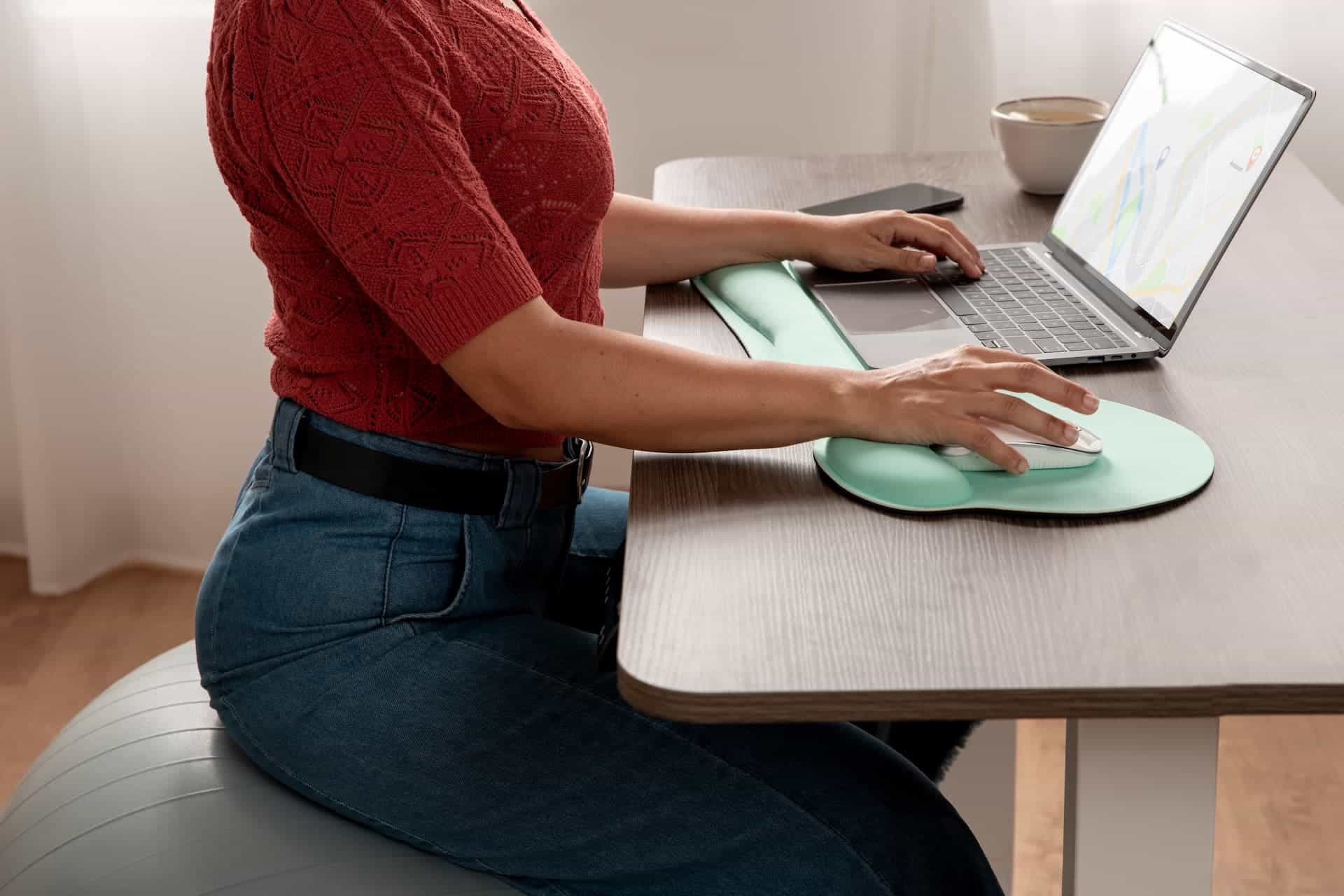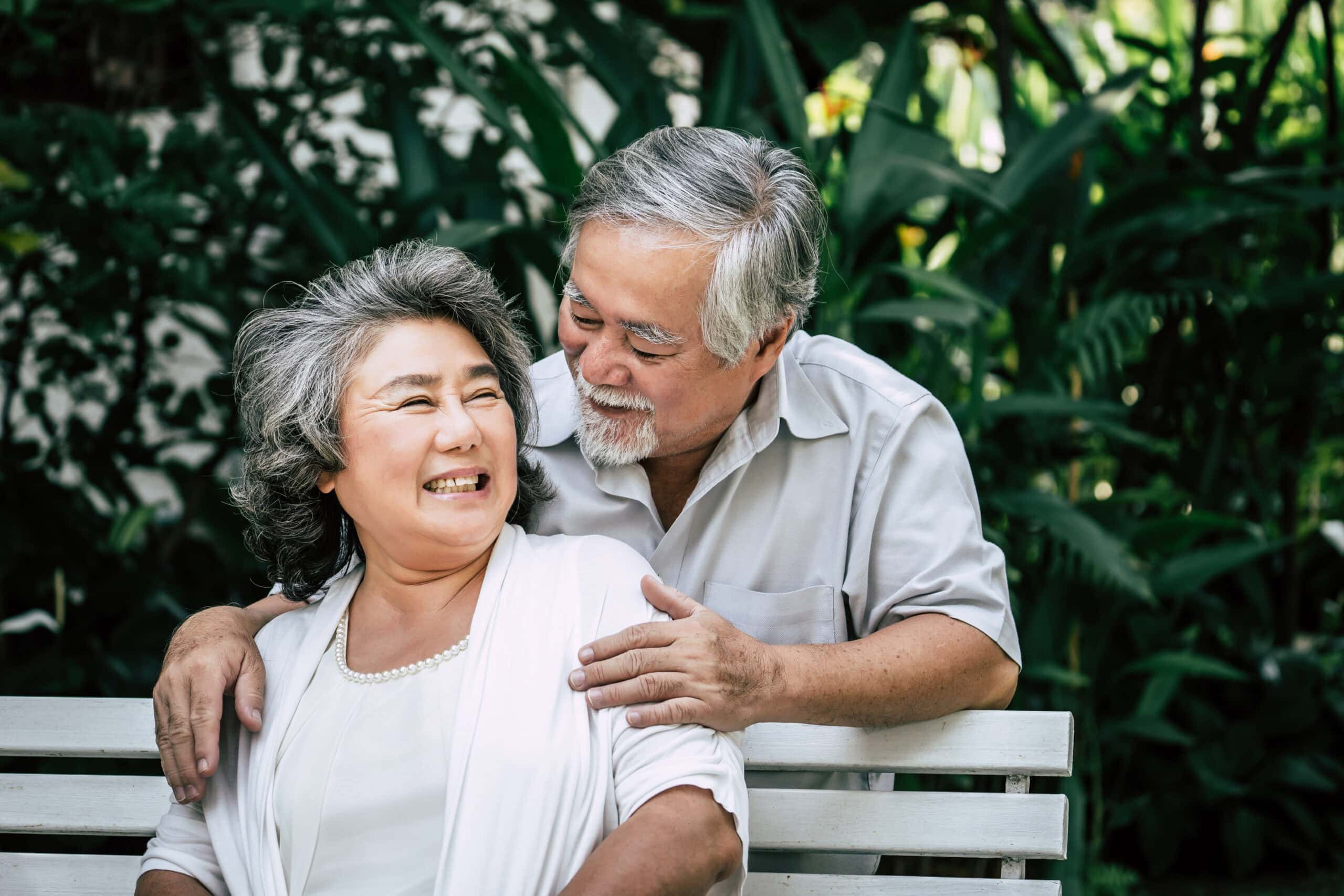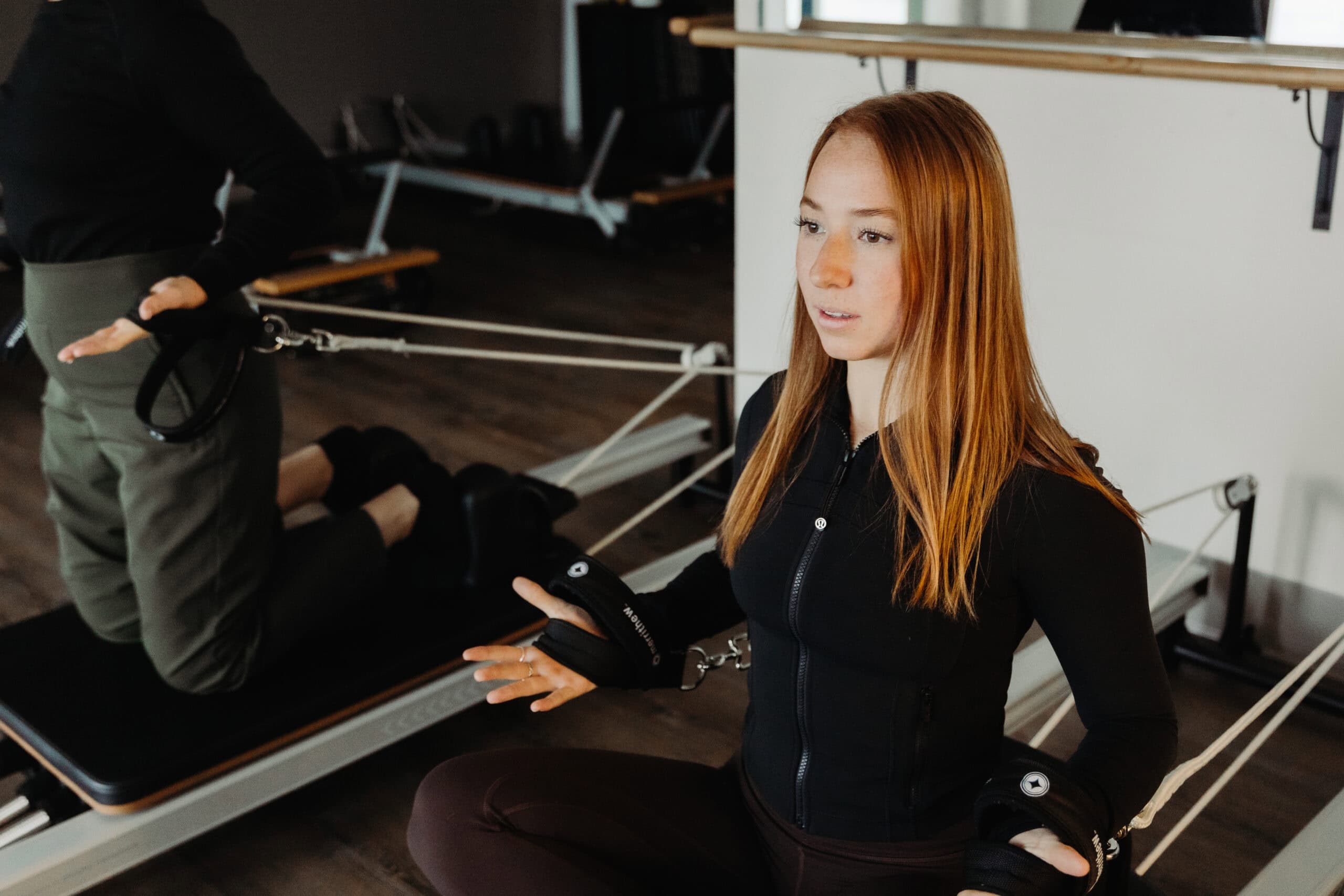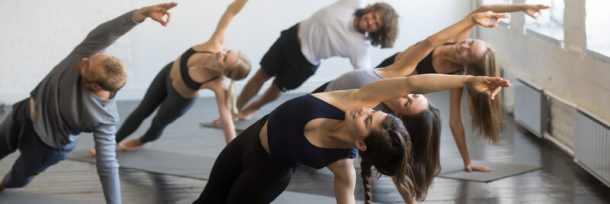Pilates for Everyday Strength and Workday Wellness
December 5, 2025
Each profession places specific physical demands on the body. Long periods of sitting, repetitive lifting, rushing between tasks or standing on hard floors can all contribute to pain and fatigue by the end of the day. Pilates provides targeted conditioning that supports the way your body is meant to move, helping you feel stronger and more efficient at work and at home.
How Pilates Supports You During the Workday
Improved Posture and Alignment
Pilates reinforces the muscles that support the spine. When posture improves, strain on the neck, shoulders and lower back is reduced, allowing you to work comfortably for longer periods.
Core Strength and Stability
A strong and responsive core helps with balance and safe movement during lifting, bending and reaching. This is especially beneficial for individuals whose jobs involve physical tasks.
Better Mobility and Flexibility
Controlled movement patterns gently improve joint range of motion. Everyday activities such as climbing stairs, driving, carrying loads or getting down to the floor become easier and more functional.
Reduced Stress and Physical Tension
Focused breathing supports the nervous system and encourages relaxation. Many clients report improved concentration and a noticeable decrease in muscle tightness after sessions.
Increased Endurance
ilates builds strength that lasts throughout the day. Whether you are at a computer, assisting patients, working with children or managing a busy shift, having a body that is well-supported helps reduce end-of-day fatigue.
Pilates is Adaptable to Any Profession
Our instructors tailor sessions to individual needs so every participant receives appropriate guidance. The skills you learn in the studio translate directly into more comfortable, confident movement during daily life.
We look forward to helping you build strength that supports your work and your overall well-being!



